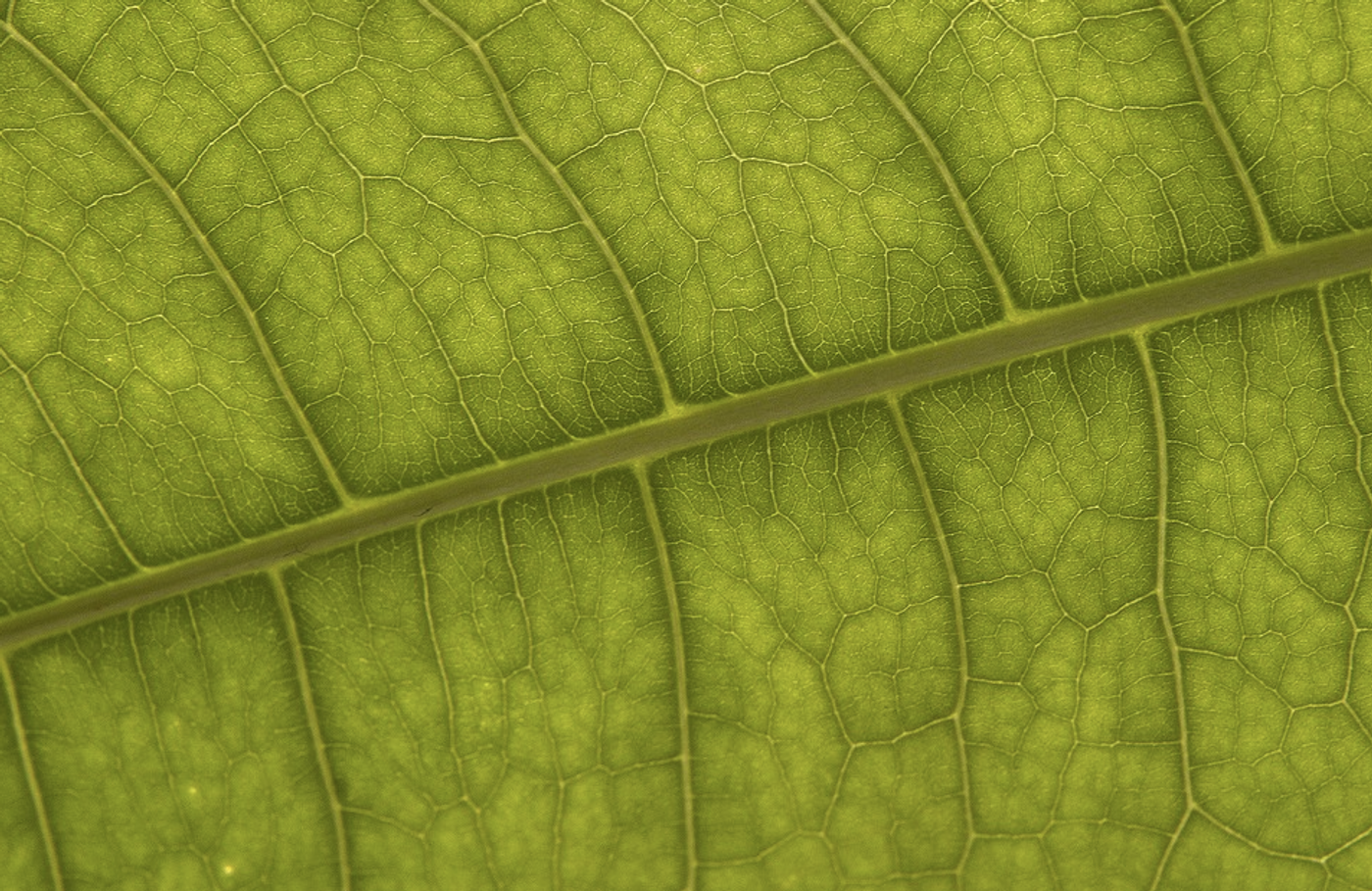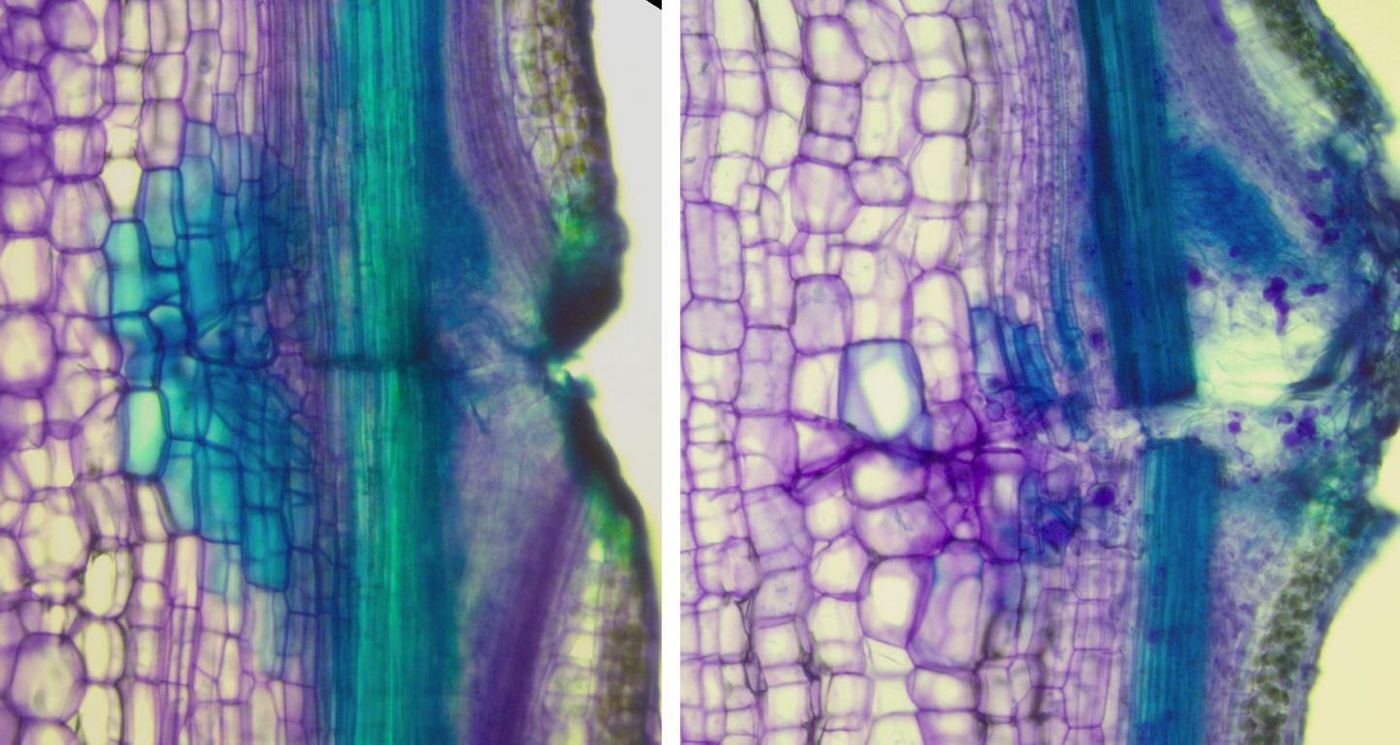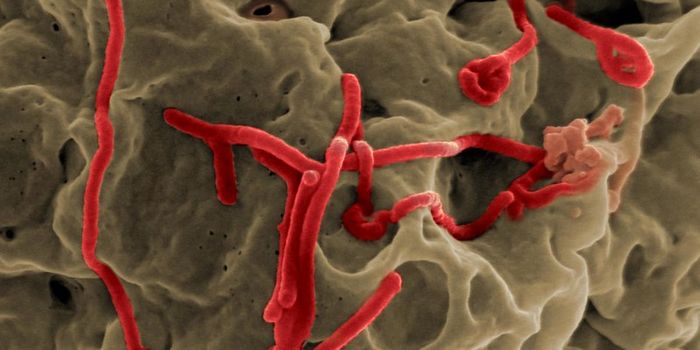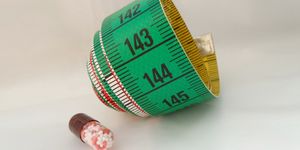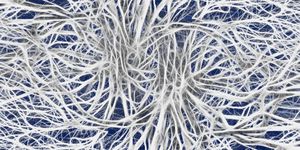Plant Hormone Auxin Helps Orient Growth of Plant Veins
There are veins in plants that move nutrients and other important molecules around. These veins have to be carefully organized, and the plant hormone called auxin helps do this by migrating from cell to cell in specific directions. The hormone can give cells information about their position, and help coordinate the formation and regeneration of veins in this way.
Reporting in Science, researchers have learned more about how this happens. Their work revealed cellular machinery that can detect the concentration of the auxin hormone nearby, enabling cells to synchronize their actions and orchestrate how veins form. These findings can provide insight into how wounds heal and may help in the creation of plants that are more resistant to mechanical strain.
Plant veins can transport the stuff that is required for survival, and the molecules that shape the structure, positions, and size of plants. Parts of the plant that are very far away can also use this system to communicate. Veins in the human body also move critical substances like oxygen and nutrients to various tissues in the same way so we can survive.
Auxin can regulate the position of veins as they form. If plants lack auxin, their veins become disorganize and fragmented. The crucial patterns they need no longer form.
"Auxin decides which cells will differentiate into vascular tissue and orchestrates them to form intricate vein patterns," said Jakub Hajný, who works in the lab of Professor Jiri Friml at the Institute of Science and Technology (IST) Austria.
When plants sustain physical damage, auxin can also help them regenerate. When auxin is removed from plants, there is a decrease in regeneration after they experience a wound.
This work revealed that proteins called CAMEL and CANAR act as auxin sensors, allowing cells to orient in a synchronized way and generate continuous veins.
"It is basically a molecular compass for cell orientation, only instead of a magnetic field, it detects auxin concentration," explained Hajný.
Sources: AAAS/Eurekalert! via Institute of Science and Technology Austria, Science
